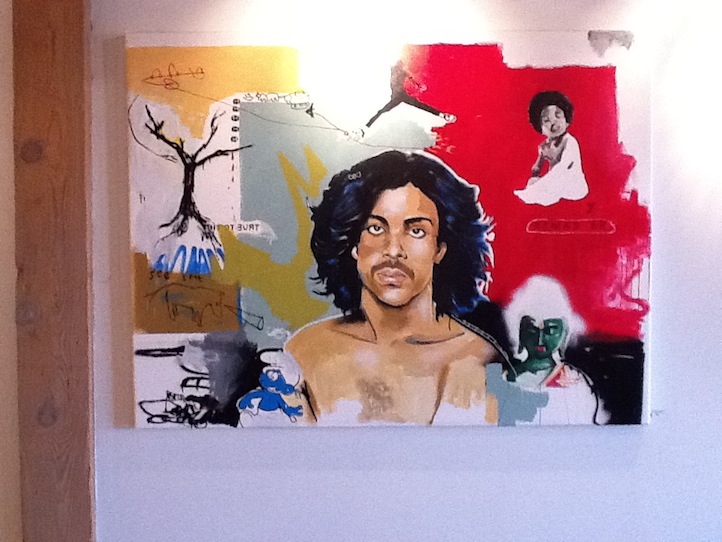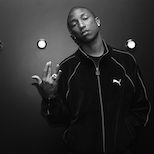Yesterday’s Losers
01.10.2012
ART & DESIGN

It deals with a lot of iconic images and imagery. You have the smurfs, you have Buddha, you have Biggie, you have [Michael] Jordan and so forth. It’s hodgepodge of things I identify with, and things that I feel like a lot in my generation identify with. That baby, though it’s just a baby, it’s become so iconic because we all know where it comes from and what it means. It’s also trying to reshape the way we think. We come from a social stance in music where we were very androgynous and it was very feminine, to a point now where it’s very overly-masculine. It [shows] the different sides. Reworked hair ads or wig campaigns. Richard Roundtree, who was Shaft, seemingly was, in the ’70s, the only Black man alive. Every freakin’ ad they ever did was Richard Roundtree. From Newports to Duke to Sears, it was all Richard Roundtree. It’s not necessary paying homage, but it’s a recalling of certain stories and past events, and the strongest association that most people have with that era is through hair because it was such a powerful political statement.





